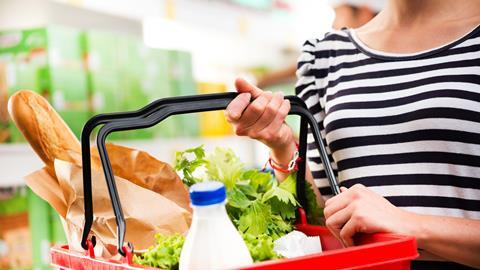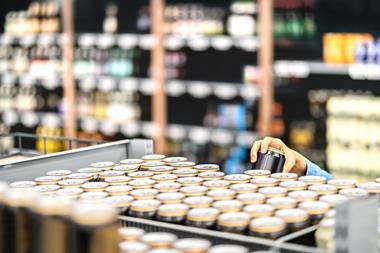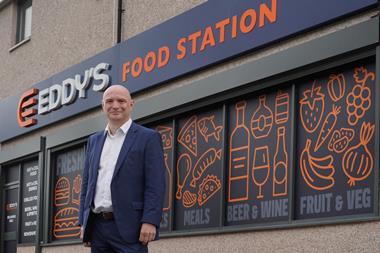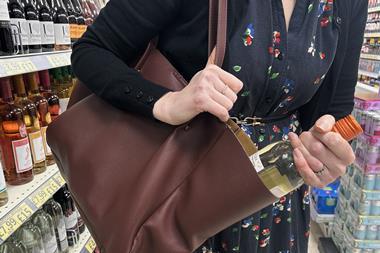The convenience sector has benefitted from a new wave of customers during the early days of lockdown but the coronavirus has led to more younger shoppers visiting their local store.
According to new research from PayPoint more than half (56%) of people visited their local convenience store for the first time since lockdown started on 23 March, rising to 68% among 18-24-year olds and 59% among 25-34-year-olds.
The increased appreciation of local shops, particularly among younger shoppers, grew when consumers struggled to get hold of essentials due to panic buying, with nearly two-thirds of respondents (65%) saying their local had everything they need.
Recent research from Lumina Intelligence also found that younger shoppers are increasingly using their local convenience store. Senior insights manager Alice Dolling said: “In convenience younger shoppers have traditionally been underrepresented in the market, but have grown their share considerably in 2020 and even further since lockdown. An increase in the younger shopper is positive for the channel, because gaining their loyalty and custom builds a new layer of security about the long-run channel growth. Therefore, convenience should strive to retain this shopper post-lockdown.”
Whether these shoppers stick around post-lockdown and maintain their higher frequency levels will be dependent on how well convenience stores adapt to the types of shops younger shoppers are on, and also how well they deliver on the main things that drive younger shoppers into store.
What are they buying?
Analysing PayPoint’s EPOS data, it was revealed that there was a significant average sales uplift of groceries (36%), bread and cakes (52%), alcohol (64%), and household items (75%) between March and July 2020, compared with the period between November 2019 and February 2020.
According to the PayPoint data, young people (18-24s) are more likely to stock up on healthcare items such as painkillers (31%) from convenience stores than any other age group and nearly half (49%) would currently rather shop at their local convenience store than their local supermarket.
EPOS data from PayPoint also showed an average increase in the number of baskets processed between March and July 2020 of 32% against the overall average between November 2019 and February 2020, which included the traditionally busy Christmas period. This growth was supported by the number of goods sold per basket and their cumulative average value over the same period, which rose by 39% and 64% respectively.
Chief executive of PayPoint Nick Wiles said: “This data clearly shows that the UK is undergoing a boom in appreciation for, and reliance on, convenience retail. Shoppers know they can trust their store to provide a safe environment and well stocked range of products and this is galvanising convenience retailers’ value to communities up and down the country.”
The young family demographic visits their local convenience store most frequently; with people aged 35-44 averaging 9.44 trips per month, beating the youngest age group who visit 8.44 times monthly. However, 25-34s are reported to be the group most likely to continue supporting local convenience now lockdown has eased (56%).
Staying loyal
The survey found that people are hesitant to return to their former shopping habits, with 51% planning to continue shopping at their local convenience store to support local small businesses post-lockdown. The research found that more than two-thirds of the public (66%) agree that their local store has a positive impact on the local area, and 71% of people think of their convenience store as an integral part of the community.
Nearly half (49%) also stated that they value their relationship with their local convenience retailer, and 63% said the stores are playing a greater role in their community than other local amenities such as banks and post offices continue to close.
Wiles said this trend should continue beyond lockdown. “As lockdown continues to ease, the data tells us that ‘convenience converts’ will continue to use their convenience stores for a range of services, from everyday food and drink purchases to parcel pick-ups and drop-offs, utility bill top-ups, cash withdrawals and much more.”




























No comments yet